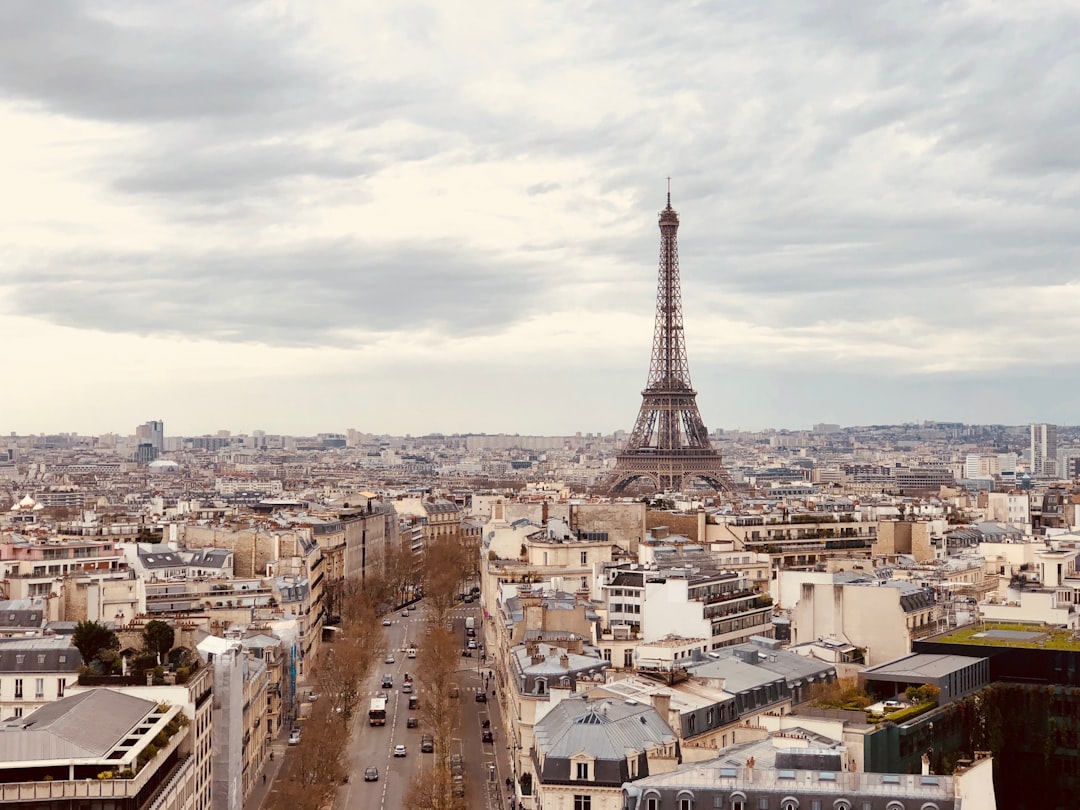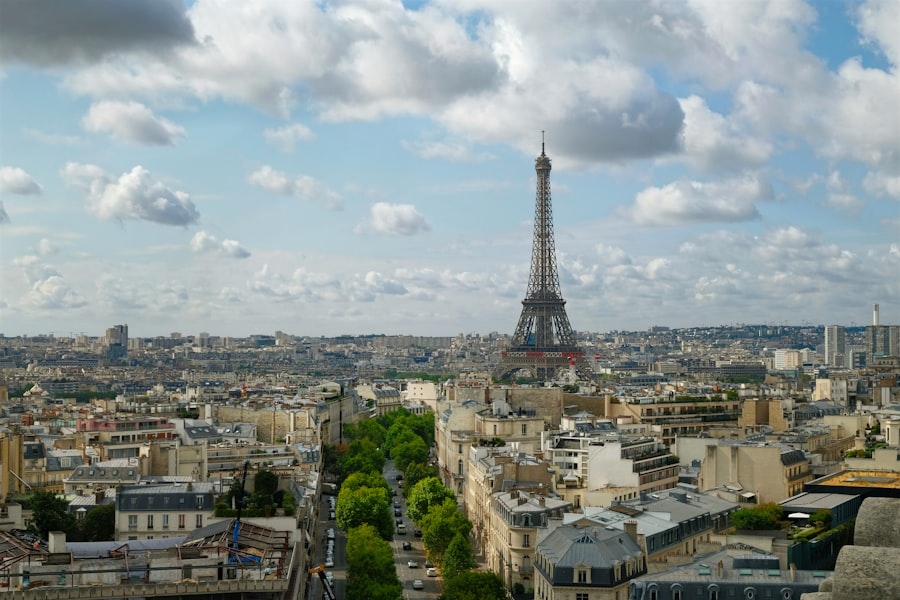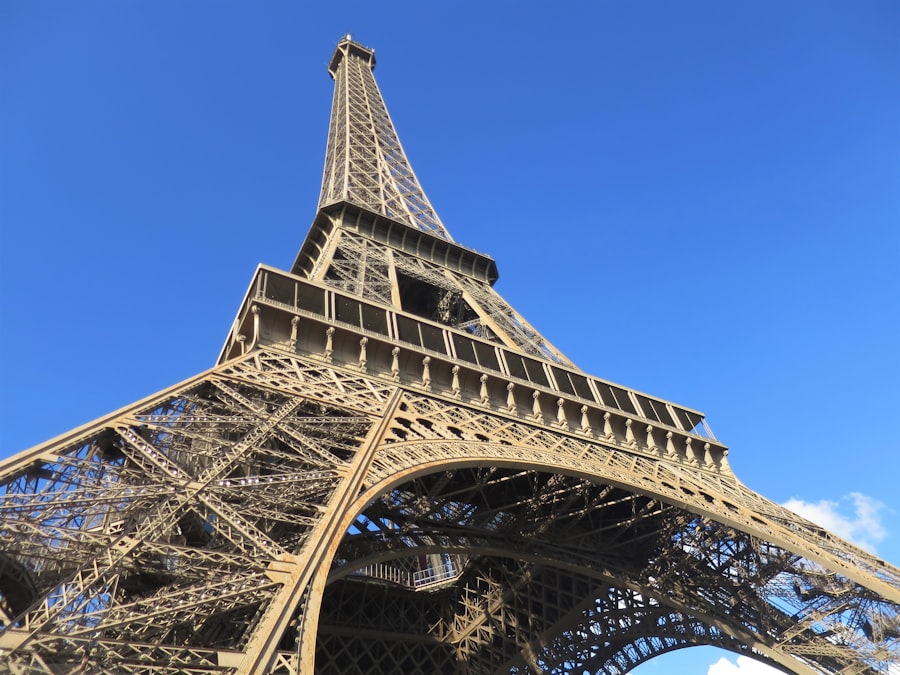
France, a country renowned for its rich history, vibrant culture, and stunning landscapes, has long captivated the hearts and minds of travelers from around the globe. Nestled in Western Europe, it boasts a diverse geography that ranges from the snow-capped peaks of the Alps to the sun-drenched beaches of the Mediterranean coast. France is not merely a destination; it is an experience that encompasses art, fashion, gastronomy, and a way of life that many aspire to emulate.
The French language, with its melodic cadence, adds an additional layer of allure, inviting visitors to immerse themselves in the local culture. The allure of France extends beyond its picturesque scenery and charming streets. It is a nation steeped in history, having played a pivotal role in shaping European politics, art, and philosophy.
From the grandeur of the French Revolution to the intellectual movements of the Enlightenment, France has been at the forefront of significant historical developments. This rich tapestry of history is woven into the very fabric of its cities and towns, where every cobblestone street and ancient building tells a story. As one traverses this enchanting land, it becomes evident that France is not just a place to visit; it is a journey through time and culture.
The Eiffel Tower, perhaps the most iconic symbol of France, stands tall in Paris as a testament to human ingenuity and architectural brilliance. Constructed for the 1889 Exposition Universelle, this wrought-iron lattice tower has become synonymous with romance and elegance.
Visitors can ascend its various levels to enjoy breathtaking views of the City of Light, while at night, it sparkles with thousands of lights, creating a magical atmosphere that enchants both locals and tourists alike. Another significant landmark is the Palace of Versailles, located just outside Paris. Once the royal residence of Louis XIV, this opulent palace is a masterpiece of French Baroque architecture.
The grandeur of its Hall of Mirrors, adorned with crystal chandeliers and gilded decor, reflects the absolute power of the monarchy during its zenith. The meticulously landscaped gardens, designed by André Le Nôtre, are equally impressive, featuring fountains, sculptures, and perfectly manicured hedges that transport visitors back to a time of royal splendor. The Palace of Versailles is not merely a historical site; it is a symbol of France’s artistic heritage and its complex relationship with power.
Key Takeaways
- France is a diverse and culturally rich country known for its art, fashion, and cuisine.
- Historical landmarks such as the Eiffel Tower, Notre-Dame Cathedral, and the Palace of Versailles are must-see attractions.
- France boasts stunning natural beauty, from the lavender fields of Provence to the picturesque coastline of the French Riviera.
- French cuisine is world-renowned, with dishes like coq au vin, boeuf bourguignon, and escargot, and the country is famous for its wine regions such as Bordeaux and Burgundy.
- Charming villages and towns like Saint-Paul-de-Vence, Eze, and Annecy offer a glimpse into traditional French life and architecture.
Natural Beauty and Landscapes

Beyond its urban centers, France offers an astonishing variety of natural beauty that captivates nature lovers and outdoor enthusiasts. The French Alps are a prime example, attracting skiers and hikers alike with their majestic peaks and pristine alpine lakes. Mont Blanc, the highest mountain in Western Europe, towers at 4,808 meters and serves as a mecca for climbers and adventurers.
The region’s breathtaking landscapes are complemented by charming mountain villages like Chamonix and Annecy, where visitors can indulge in local cuisine while soaking in stunning views. In contrast to the rugged mountains, the French countryside presents a serene landscape characterized by rolling vineyards, lavender fields, and quaint farms. The Provence region is particularly famous for its vibrant lavender fields that bloom in summer, painting the landscape in hues of purple.
The picturesque village of Gordes, perched on a hilltop, offers panoramic views of the surrounding countryside and is a perfect example of traditional Provençal architecture. The natural beauty of France is not confined to any single region; it is a mosaic of diverse ecosystems that range from coastal cliffs along the Atlantic to the lush forests of Normandy.
Famous French Cuisine and Wine
| French Dish | Wine Pairing | Region |
|---|---|---|
| Coq au Vin | Pinot Noir | Burgundy |
| Boeuf Bourguignon | Beaujolais | Burgundy |
| Ratatouille | Rosé | Provence |
| Cassoulet | Madiran | Languedoc |
French cuisine is celebrated worldwide for its sophistication and diversity, reflecting the country’s regional variations and culinary traditions. From buttery croissants enjoyed at breakfast to exquisite coq au vin served at dinner, French food embodies a philosophy that values quality ingredients and meticulous preparation. The art of cooking in France is often regarded as a cultural heritage, with many chefs dedicating their lives to mastering classic techniques passed down through generations.
Wine plays an integral role in French culture and cuisine. The country is home to some of the world’s most prestigious wine regions, including Bordeaux, Burgundy, and Champagne. Each region produces distinct varieties that reflect the terroir—the unique combination of soil, climate, and grape variety.
Bordeaux wines are known for their robust reds made from Cabernet Sauvignon and Merlot grapes, while Burgundy is famous for its elegant Pinot Noir and Chardonnay. Champagne, with its effervescent bubbles, has become synonymous with celebration and luxury. Wine tasting tours through these regions offer an immersive experience into the art of winemaking and provide an opportunity to savor exquisite pairings with local dishes.
Charming Villages and Towns
France’s charm lies not only in its grand cities but also in its idyllic villages and towns that exude character and warmth. Places like Riquewihr in Alsace are straight out of a fairy tale, with half-timbered houses adorned with colorful flowers lining cobblestone streets. This village is renowned for its wine production and offers visitors a chance to explore local vineyards while enjoying traditional Alsatian cuisine such as tarte flambée.
In contrast, the coastal town of Saint-Malo in Brittany boasts a rich maritime history. Surrounded by fortified walls that date back to the 17th century, Saint-Malo was once a haven for pirates and privateers. Today, visitors can stroll along the ramparts for stunning views of the sea or explore the narrow streets filled with shops selling local delicacies like galettes (savory buckwheat crepes) and fresh seafood.
Each village in France tells its own story through its architecture, cuisine, and traditions, inviting travelers to experience the authentic essence of French life.
Must-See Attractions in France

While France offers countless attractions worth exploring, certain sites stand out as must-see destinations for any traveler. The Louvre Museum in Paris is one such iconic location. As one of the largest and most visited art museums in the world, it houses an extensive collection that spans thousands of years and includes masterpieces such as Leonardo da Vinci’s “Mona Lisa” and the ancient Greek statue “Venus de Milo.” The museum’s glass pyramid entrance has become an architectural landmark in itself, symbolizing the fusion of modernity with historical significance.
Another essential attraction is Mont Saint-Michel, an island commune located off the coast of Normandy. This UNESCO World Heritage site features a stunning medieval abbey perched atop a rocky hill surrounded by tidal waters.
Visitors can explore narrow streets lined with shops selling artisanal goods before ascending to the abbey for breathtaking views of the surrounding bay. The richness of France’s attractions extends beyond these highlights; each region offers unique experiences that reflect its history and culture. Whether wandering through the lavender fields of Provence or savoring gourmet meals in Lyon—often considered the gastronomic capital—France presents an endless array of opportunities for exploration and discovery.
Each visit reveals new layers of beauty and complexity that make this country an enduring favorite among travelers worldwide.
If you’re intrigued by the diverse and captivating details about France, you might also enjoy exploring other fascinating destinations around the world. For instance, consider reading about Tucson, Arizona, which offers its own unique blend of cultural and natural attractions. From its rich history to stunning landscapes, Tucson is a place that promises an enriching experience similar to the charming locales of France. Discover more about what Tucson has to offer by visiting this article: Tucson Facts and Places to Visit.
FAQs
What are some interesting facts about France?
– France is the largest country in the European Union.
– The Eiffel Tower in Paris is one of the most visited monuments in the world.
– French is the official language of France.
– France is known for its delicious cuisine, including pastries, cheeses, and wines.
What are some famous places to visit in France?
– The Louvre Museum in Paris, home to the famous Mona Lisa painting.
– The Palace of Versailles, a stunning royal chateau with beautiful gardens.
– The French Riviera, known for its glamorous beaches and luxury resorts.
– Mont Saint-Michel, a picturesque island commune with a medieval abbey.
What are some must-see sights in France?
– The stunning lavender fields in Provence.
– The iconic Notre-Dame Cathedral in Paris.
– The beautiful castles of the Loire Valley.
– The picturesque villages of Alsace, known for their colorful half-timbered houses.



